The Old Brewery Built in the Edo Era
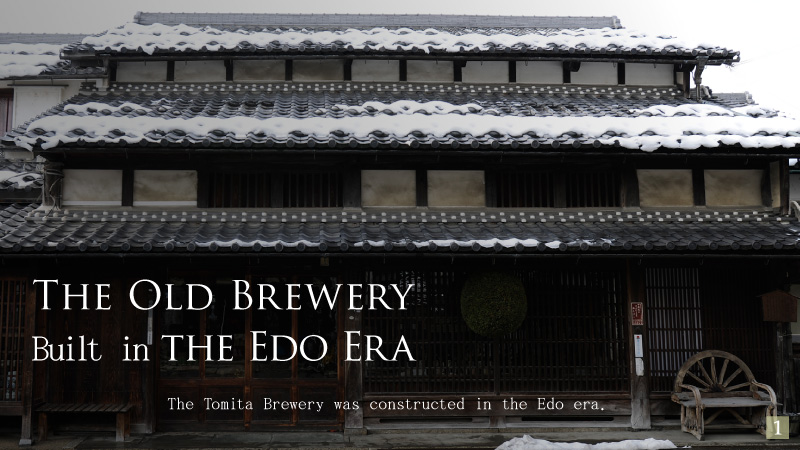
The Tomita Brewery was constructed in the Edo era.
The Old Brewery Built in the Edo Era2
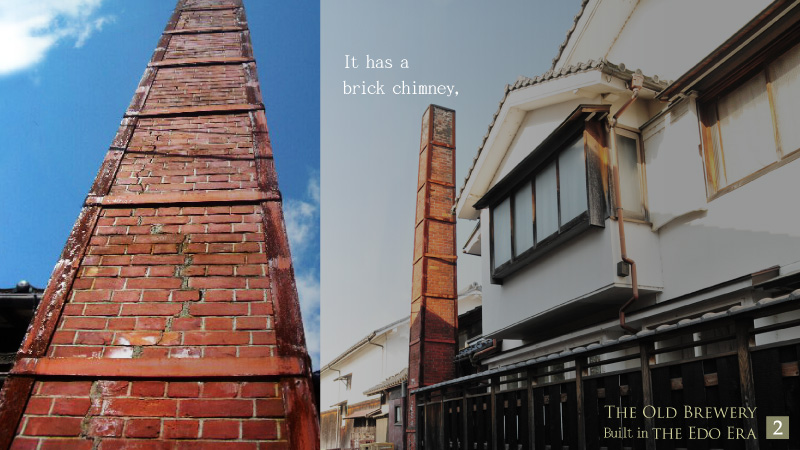
It has a brick chimney,
The Old Brewery Built in the Edo Era3
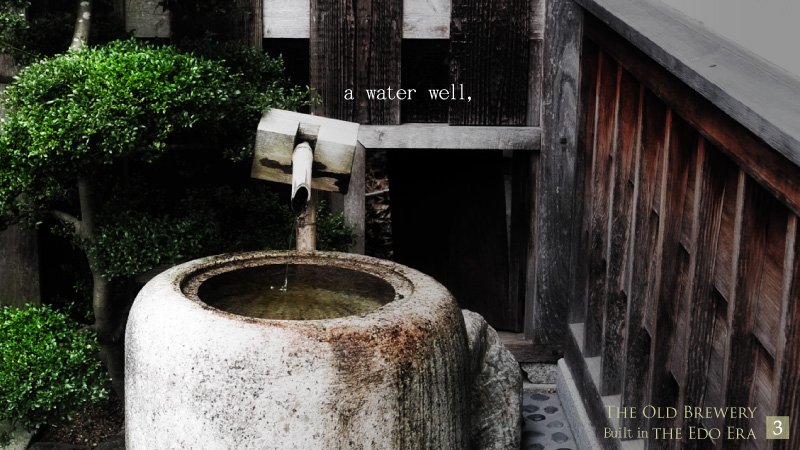
a water well,
The Old Brewery Built in the Edo Era4

tools,
The Old Brewery Built in the Edo Era5
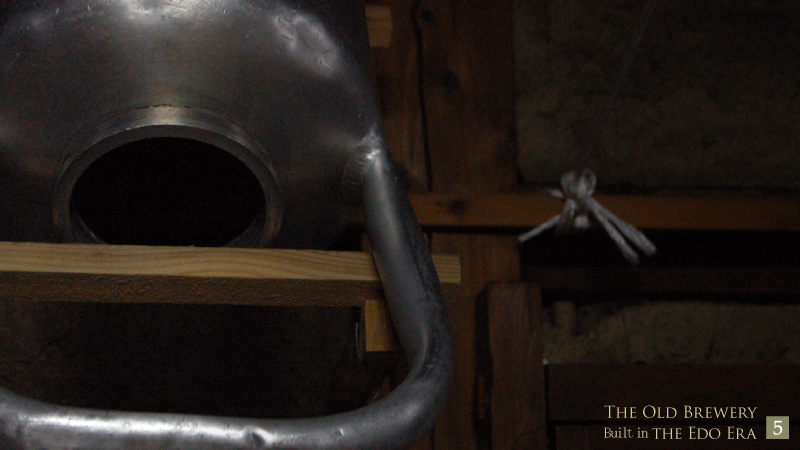
The Old Brewery Built in the Edo Era6
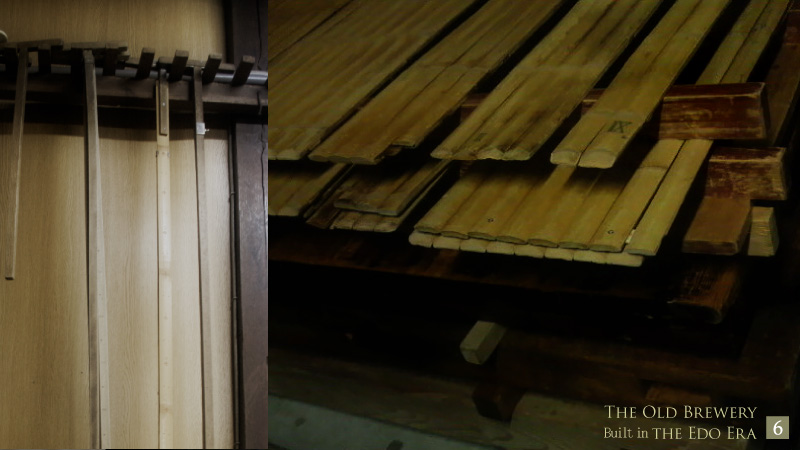
The Old Brewery Built in the Edo Era7
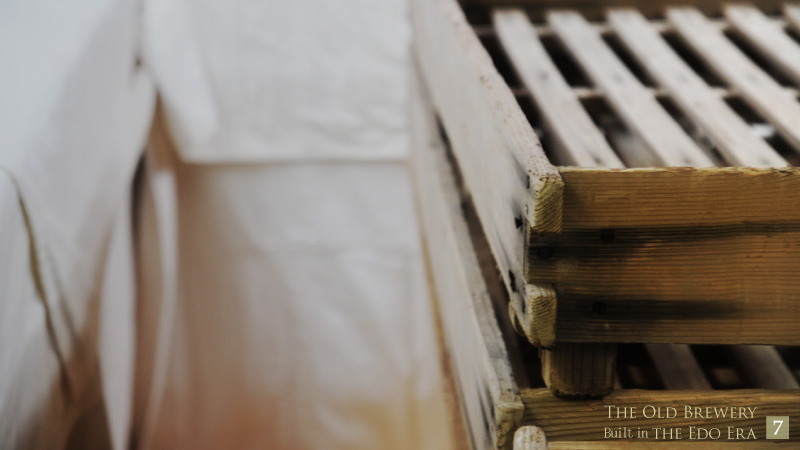
The Old Brewery Built in the Edo Era8
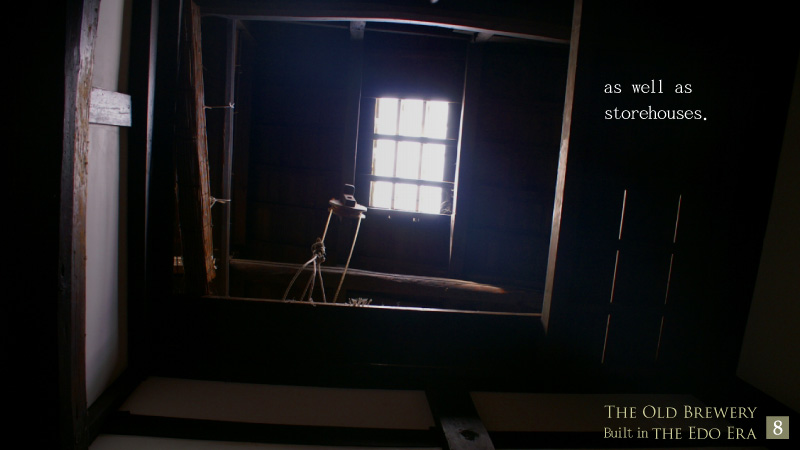
as well as storehouses.
The Old Brewery Built in the Edo Era9
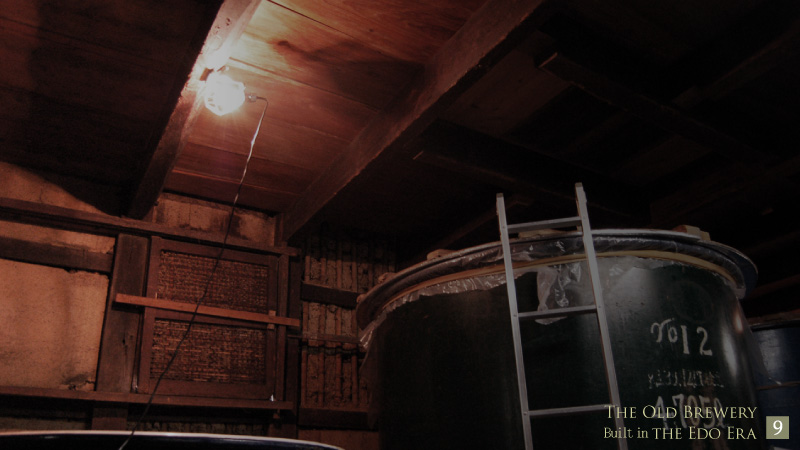
The Old Brewery Built in the Edo Era10
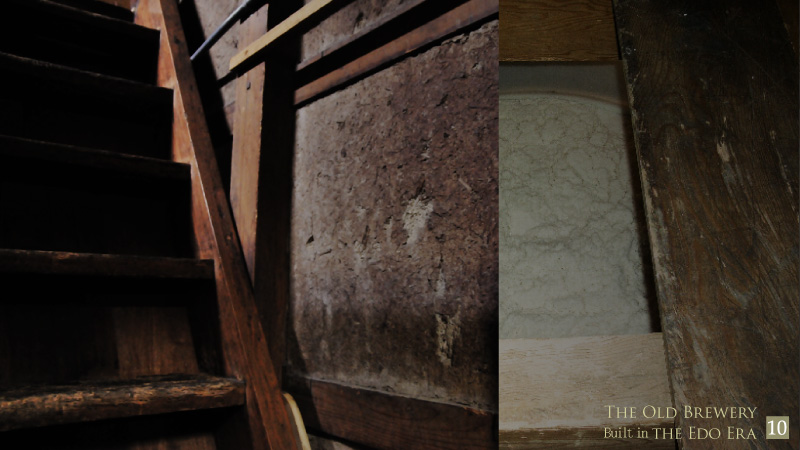
The Old Brewery Built in the Edo Era11

The Old Brewery Built in the Edo Era12

We would like to uphold the tradition of sake
The Old Brewery Built in the Edo Era13

as well as
The Old Brewery Built in the Edo Era14
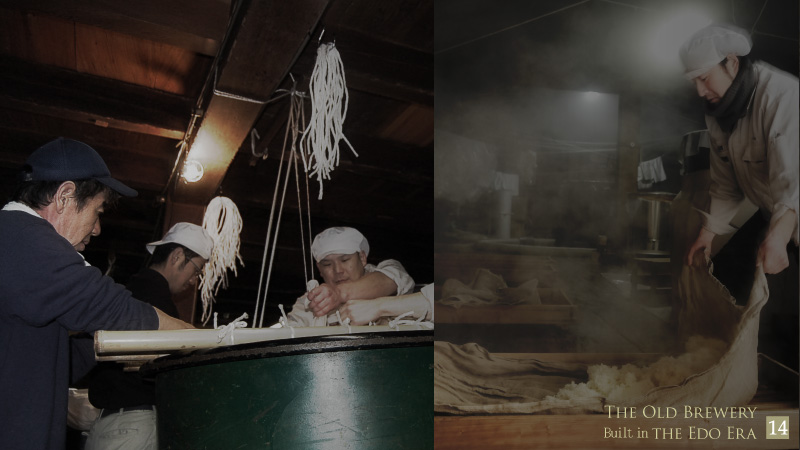
The Old Brewery Built in the Edo Era15
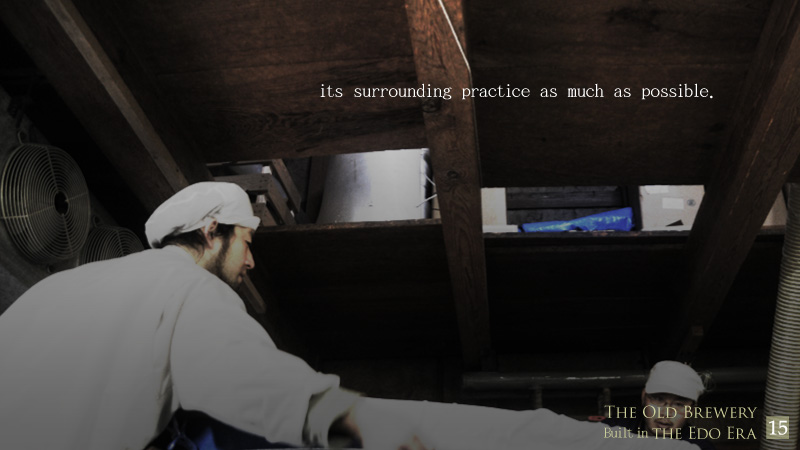
its surrounding practice as much as possible.
The Old Brewery Built in the Edo Era16
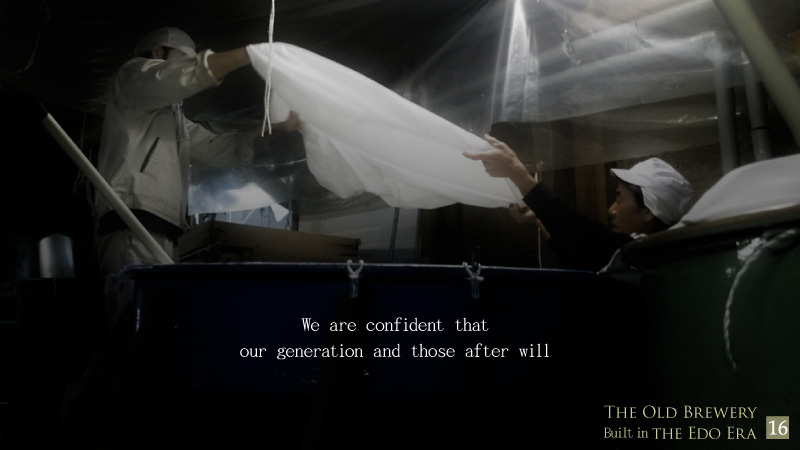
We are confident that our generation and those after will
The Old Brewery Built in the Edo Era17
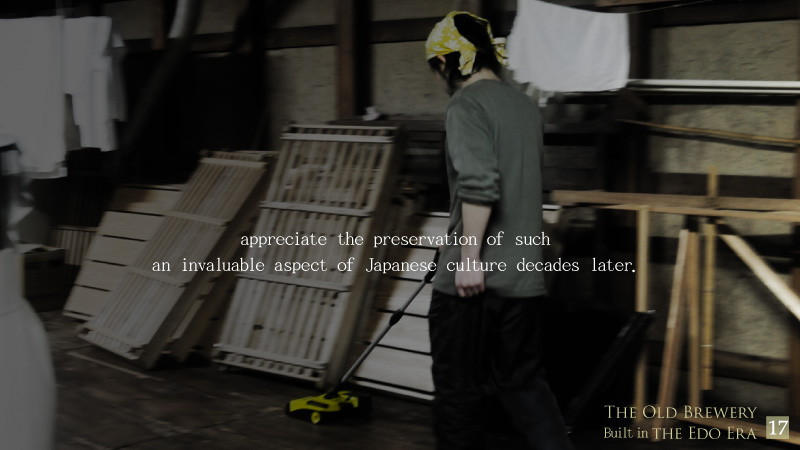
appreciate the preservation of such an invaluable aspect of Japanese culture decades later.
The Old Brewery Built in the Edo Era18
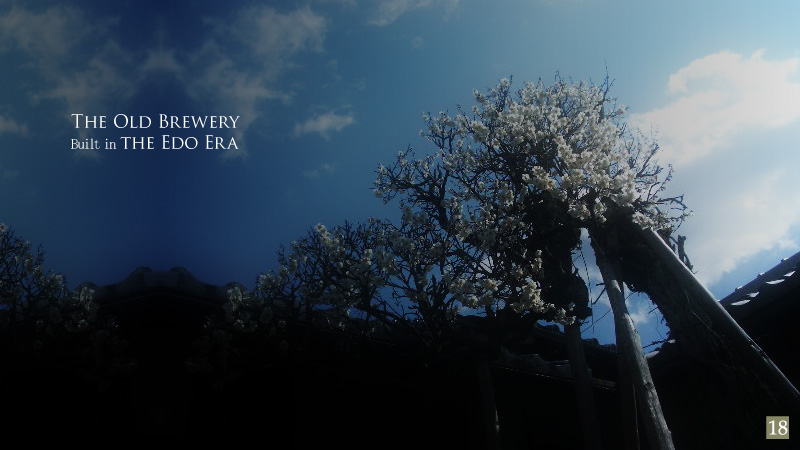
Sake made from Low-Polished Sake Rice1
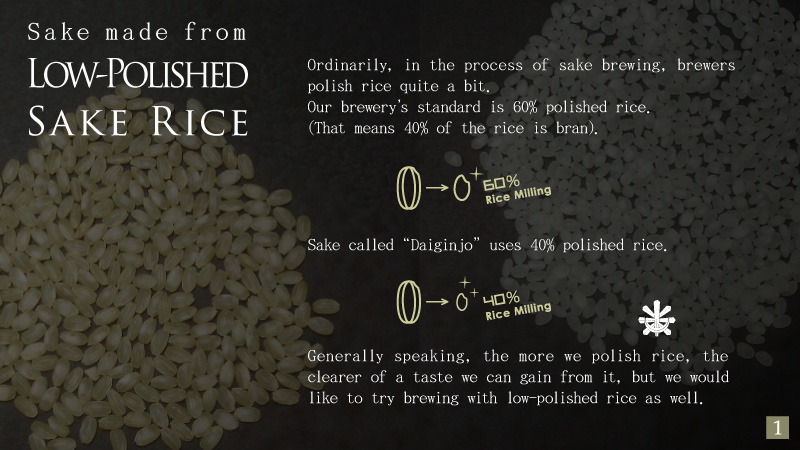
Ordinarily, in the process of sake brewing, brewers polish rice quite a bit. Our brewery’s standard is 60% polished rice. (That means 40% of the rice is bran). Sake called "Daiginjo" uses 40% polished rice. Generally speaking, the more we polish rice, the clearer of a taste we can gain from it, but we would like to try brewing with low-polished rice as well.
Sake made from Low-Polished Sake Rice2
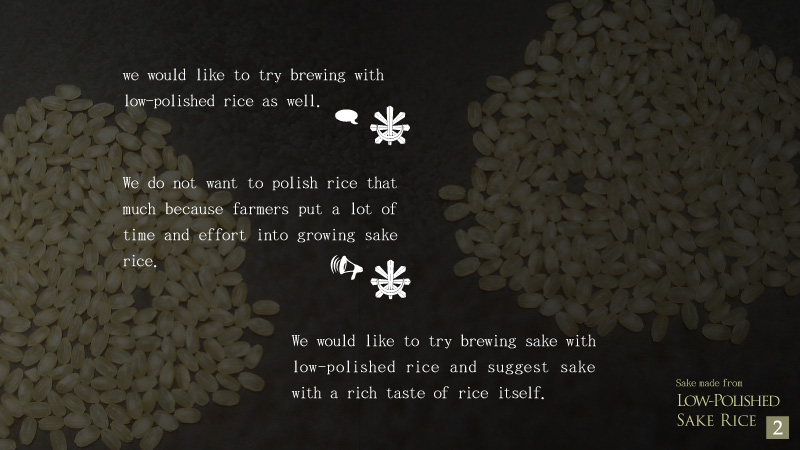
We do not want to polish rice that much because farmers put a lot of time and effort into growing sake rice. We would like to try brewing sake with low-polished rice and suggest sake with a rich taste of rice itself.
Sake made from Low-Polished Sake Rice3
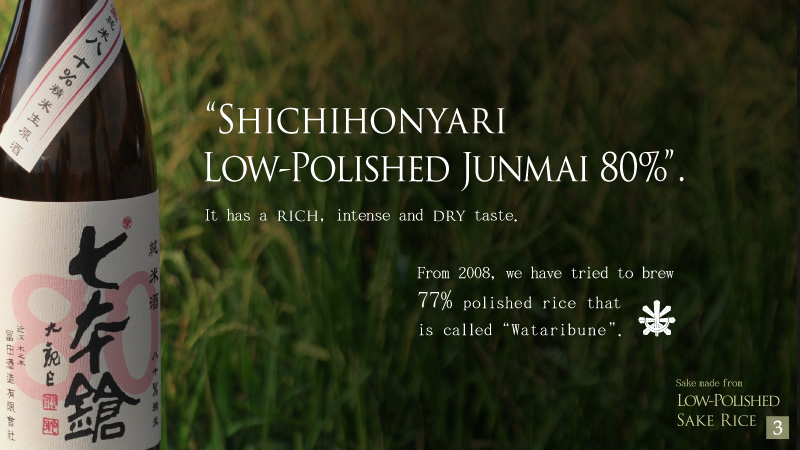
“Shichihonyari Low-Polished Junmai 80%”. It has a rich, intense and dry taste. From 2008, we have tried to brew 77% polished rice that is called "Wataribune".
Reproduction of "Wataribune Rice"1

A kind of rice called “Shiga Wataribune No.6” was initially grown in the Shiga Agricultural Experiment Station in 1895. This rice almost went extinct because of the difficulty cultivating it, however, fortunately, seed rice was found there and employees succeeded at increased cultivation. In Shiga, people are trying to make "Wataribune" Shiga's major rice brand that is also a parent line of "Yamadanishiki (one of most popular rice brands for brewing sake)."
Reproduction of "Wataribune Rice"2
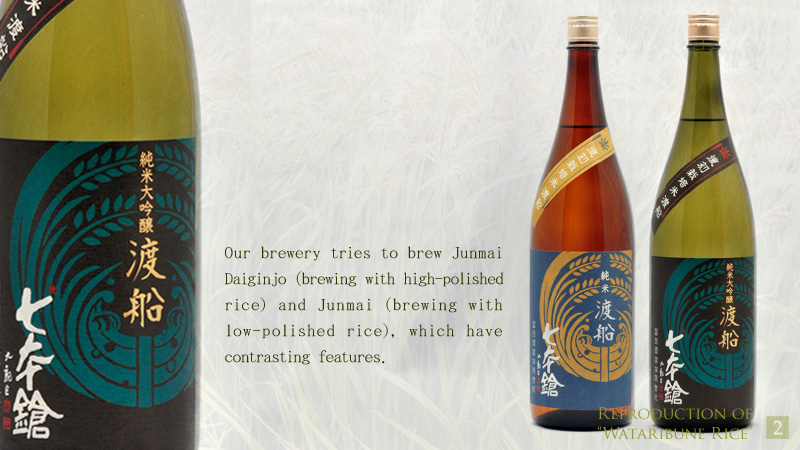
Our brewery tries to brew Junmai Daiginjo (brewing with rich-polished rice) and Junmai (brewing with low-polished rice), which have contrasting features.
Blessings of Nature – Water1
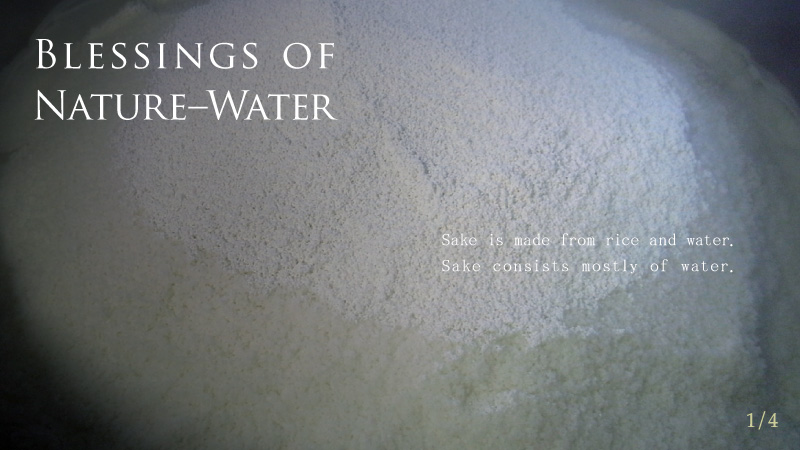
Sake is made from rice and water. Sake consists mostly of water.
Blessings of Nature – Water2
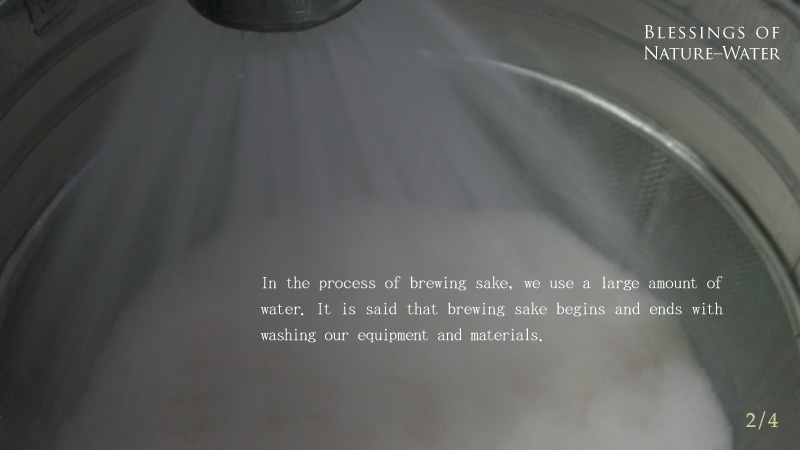
In the process of brewing sake, we use a large amount of water. It is said that brewing sake begins and ends with washing our equipment and materials.
Blessings of Nature – Water3

Our brewery uses the water beneath Mount Ibuki from the old well in our brewery.
Blessings of Nature – Water4

We appreciate the gift from nature that the well still supplies water for us for such a long time. Water is the essential ingredient for sake.
- TOMITA SHUZO Inc. 1107 Kinomoto, Kinomoto-cho, Nagahama-shi, Shiga, Japan TEL:+81-749-82-2013
- Copyright © TOMITA SHUZO Inc. All rights reserved.
